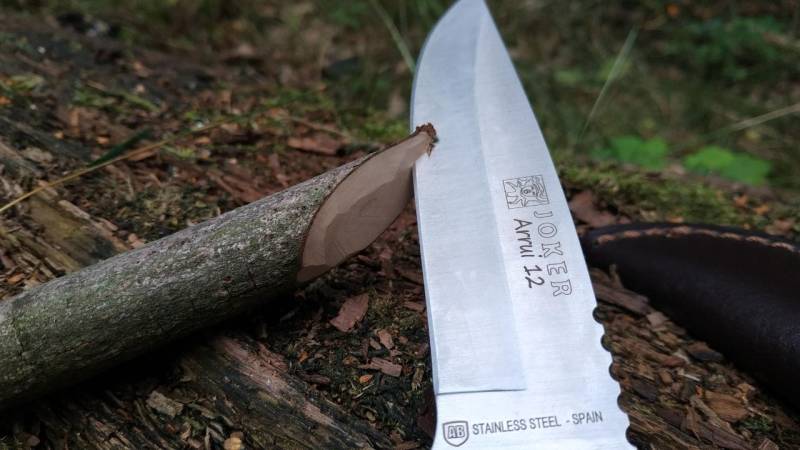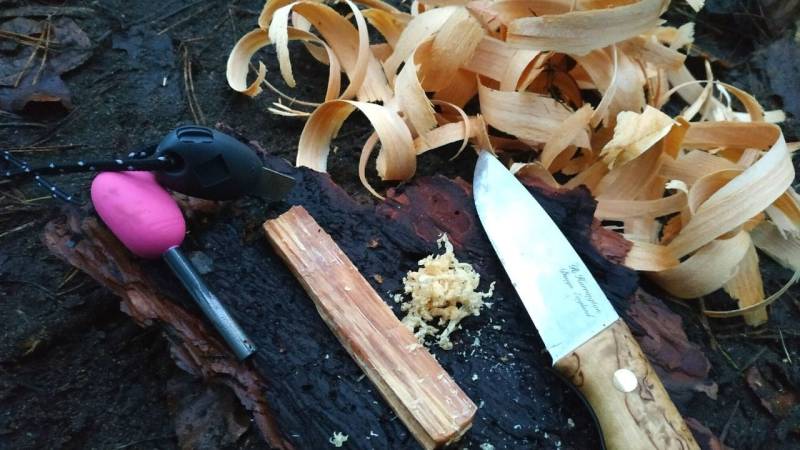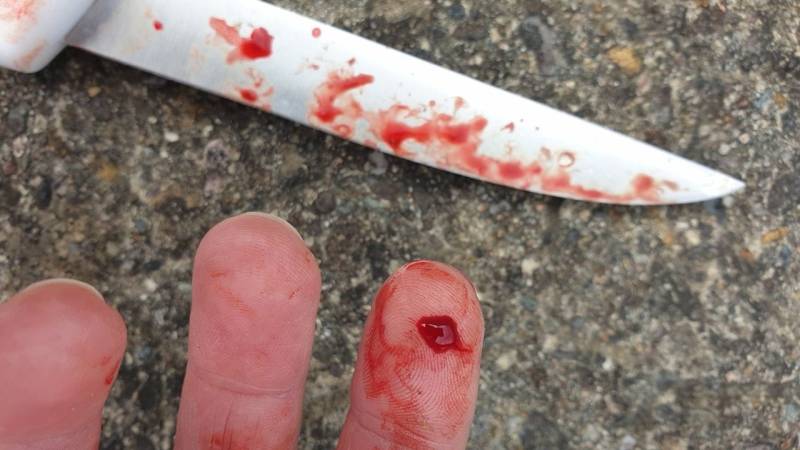
Are sharp knives safer than dull knives?
👉 The key facts from this guide
- Dull knives are more dangerous: A dull knife requires more force when cutting, which leads to a lack of control and an increased risk of injury. With a sharp knife, you can cut more easily and predictably.
- Bad habits: Using a dull knife can lead to poor techniques that can result in injuries when using a sharp knife afterward.
- Faster healing: Cuts from sharp knives actually heal faster than cuts from dull knives. A sharp knife leaves a thinner, cleaner cut that heals more quickly.
- Accidents don't happen randomly: Most knife accidents are due to inattentiveness, working too quickly, or lack of experience. Proper technique and a sharp knife can minimize injuries.
- Importance of sharpening: A knife has one main purpose: to cut. If a knife doesn't cut, you're more likely to force it instead of sharpening it. Therefore, it's important to keep your knife sharp at all times and practice the proper techniques.
It seems so obvious.
Your sharp knife with its sharpened cutting edge and tip is much more dangerous than a dull knife.
Do I have it right?
Wrong.
One of the biggest myths out there is that dull knives are safer than sharp knives.
Let's now debunk the myth.
Fact: Dull knives lead to more errors
Why is a dull knife more dangerous than a sharp one?
A dull knife is more dangerous because the user has to exert much more force when cutting compared to a sharp knife. The increased force required leads to a lack of control, causing the blade to slip and increasing the risk of injury. Additionally, a sharp blade prevents hand fatigue and allows for longer periods of concentration.
If, for example, you cut an apple and the blade is very dull, you have to apply more pressure to get through the apple.
Once you're through the apple, it's very likely that the pressure will lead to a lack of control.
A sharper knife uses edge geometry to make a cut. A dull knife uses force.
If you cut with a very sharp knife, little pressure is required, so you can easily and predictably control the knife as it smoothly glides through the material.
- Sharp knife: less effort, safer cutting tool
- Dull knife: more effort, greater risk of injury due to blade slipping

In addition: using a dull knife will make you develop bad habits.
It is like this: The correct knife technique is learned through repetition (learn the knife techniques here).
The problem arises when you practice knife techniques repeatedly with a dull knife.
As an example: You are cutting cardboard with your dull knife. For this, you have to apply strong pressure to get your knife through.
If you now, however, use a sharp knife, you use the same force (because you are used to it) and then it happens - you cut yourself.
Fact: Cuts from sharp knives heal faster
When it comes to the fact, you could argue: If I cut myself with a sharp knife, the wound is much deeper and worse than with a dull knife.
The truth is that cuts from sharper knives can actually heal faster than cuts from dull knives.
Here is the logic of someone without medical expertise:
A dull knife leaves a wider and jagged cut in the skin. The wider the cut, the longer it takes for the repair of the skin, nerves, and tissue.
On the other hand, the cut is usually very thin with a sharp knife, although a sharper knife can cut deeper.

I recently cut myself on a sharp blade and did something absolutely foolish. The cut was deep and it was bleeding heavily.
But just a few days later, this cut was almost 100 percent healed. I think the same wouldn't have happened if the blade had been dull.
Accidents don't happen by chance
Of course, accidents happen with knives. And accidents don't happen by chance.
Typically, it's because you are inattentive, too fast, and too inexperienced.
It depends on the person using it - not on the blade.
If, however, you want to minimize injuries, remember that proper technique is important and a sharp knife is a safe knife.
So, it is advisable to:
- you keep your knife sharp at all times and
- practice the skills and techniques with the knife.
Always remember:
A knife has one main purpose: to cut.
If a knife doesn't cut, it is very likely that you are forcing it instead of sharpening it.


Author of the guide
Martin Gebhardt
Hey, I'm Martin. On my blog, you will learn the basics and numerous details about living in the wild. I think survival, bushcraft and the good life in nature are the keys to happiness. Find me here on Instagram or on YouTube. You can find more about my mission on the About Me page.
Since this is a gear guide, here ...
🤝8 reasons to trust my recommendation
-
Practical Experience: I have tested most of the products I recommend under extreme conditions myself.
-
Independence: As a wilderness mentor, I am not tied to any specific brands - this means my recommendations are unbiased.
-
Expertise: My many years of experience allow me to understand the intricacies and details of various products that a layperson might overlook.
-
Target group understanding: I understand the needs and challenges of outdoor enthusiasts, from beginners to seasoned experts.
-
Quality focus: I attach great importance to quality and longevity. These are characteristics that are crucial in the wild.
-
Clear communication: I try to explain the pros and cons of each product clearly and understandably so that you can make an informed decision.
-
Currentness: I always keep my guides up to date and adapt them to new findings or products.
-
Community Feedback: I work in wilderness schools, teach courses myself, attend courses and am active in various outdoor and survival communities and therefore integrate the feedback and experiences of others into my recommendations.
So when I introduce the best survival knives or flashlights, you can be sure that every recommendation is based on solid experience and extensive knowledge.
Was this guide helpful?
10 people found this guide helpful.
5.00 out of 5 points (10 Ratings)
Comments (0)
This post may contain affiliate links. So if you click on the links and make a purchase, I will receive a small commission at no additional cost to you. Click here, to learn more about it.


